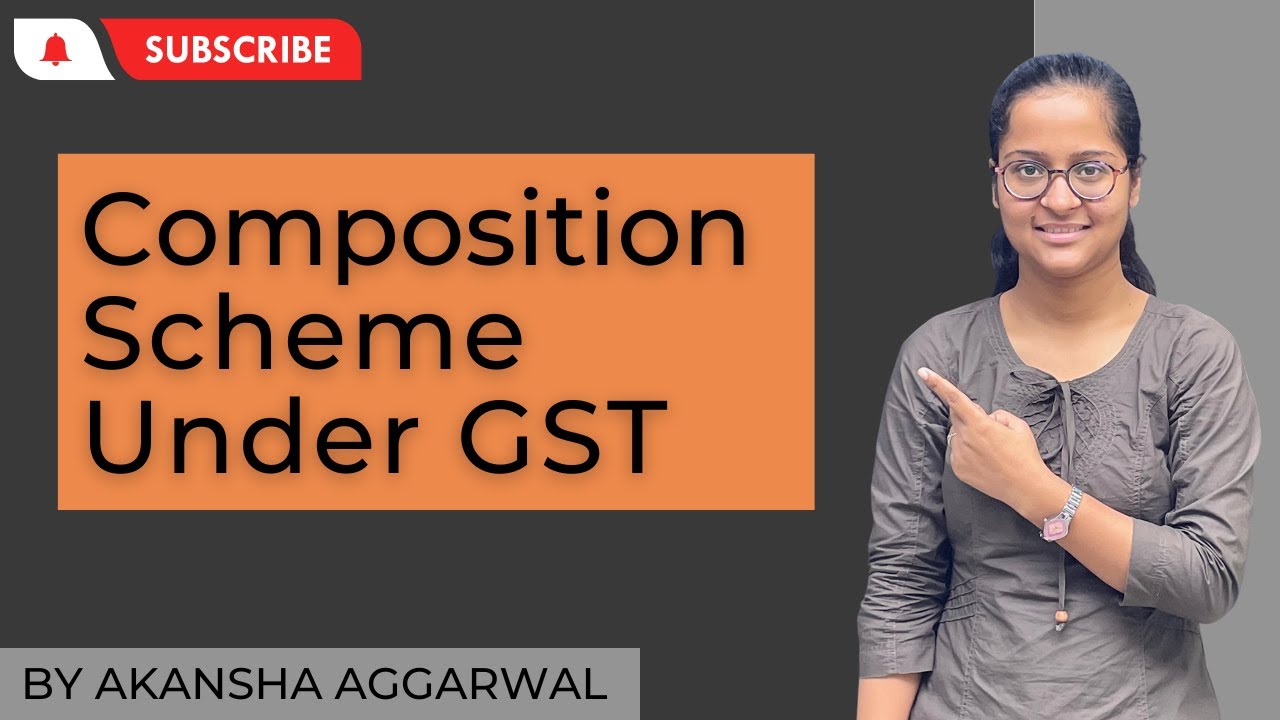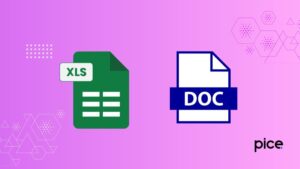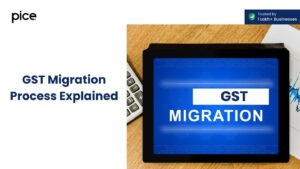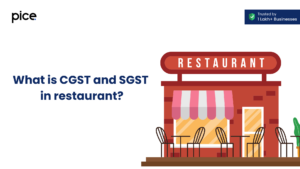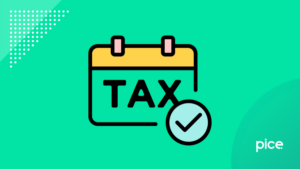Understanding the GST Composition Scheme
- 11 Aug 24
- 11 mins
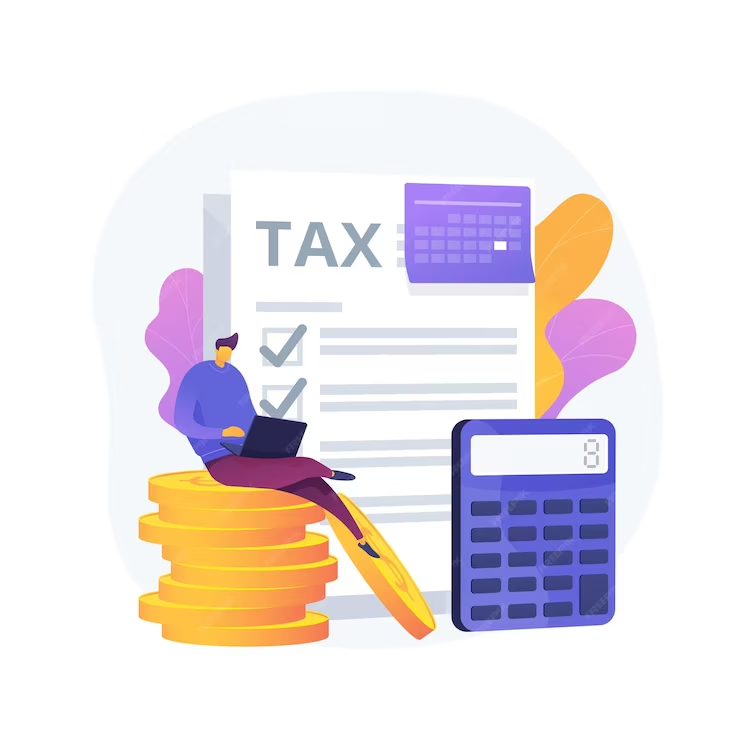
Understanding the GST Composition Scheme
- Overview of the Composition Scheme in GST
- Eligibility Criteria for the GST Composition Scheme
- Threshold for Opting into the GST Composition Scheme
- Advantages of Opting for the GST Composition Scheme
- Constraints and Restrictions on GST Composition Scheme Enrollment
- GST Composition scheme for service providers
- Applicable Tax Rates under the GST Composition Scheme
- Simplified GST Return Filing for Composition Scheme Taxpayers
- Procedure for Enrolling in the GST Composition Scheme
- Circumstances Leading to the Revocation of the Composition Levy
Key Takeaways
- The GST Composition Scheme offers a simplified tax regime for small taxpayers, allowing them to pay GST at a fixed turnover rate.
- Eligibility for the scheme is limited to small traders, manufacturers, and restaurant owners, with specific exclusions such as non-resident taxable persons and e-commerce sales.
- Opting for the Composition Scheme simplifies compliance, requiring quarterly filings and prohibiting tax collection from customers.
- Businesses under the scheme enjoy lower tax rates but face restrictions like no interstate sales and the inability to claim input tax credit.
- Enrollment in the scheme is through the GST portal, and conditions such as exceeding turnover limits or non-compliance can lead to its revocation.
Overview of the Composition Scheme in GST
To help smaller taxpayers with the compliance load, the Goods and Services Tax (GST) system has a voluntary mechanism called the Composition mechanism. As a result, qualified enterprises can pay GST at a reduced rate relative to their sales compared to the usual rates. Startups and small enterprises might benefit from this program since it streamlines tax filing and lessens the burden of compliance. Businesses can avoid becoming mired down by the complexities of tax computations and filings by choosing for this arrangement.
Eligibility Criteria for the GST Composition Scheme
To qualify for the GST Composition Scheme, businesses must meet certain conditions. Primarily, this scheme is targeted at small traders, manufacturers, and restaurant owners. The key eligibility criteria include:
- The business must be involved in the sale of goods or provision of services, where such services are not excluded from the scheme.
- The annual turnover of the business in the previous financial year should not exceed a specified threshold, which is periodically updated by the GST council.
- The scheme is not open to service providers (with certain exceptions), non-resident taxable persons, and business that make inter-state supply.
- Suppliers of exempt goods and those operating through e-commerce platforms that are required to collect tax at source are also excluded from this scheme. Understanding these criteria is crucial for businesses to assess their eligibility and make an informed decision about opting into the scheme.
Threshold for Opting into the GST Composition Scheme
One important factor that establishes eligibility for the GST Composition Scheme is the turnover level. According to the existing regulations, the majority of Indian firms are limited to a turnover of Rs. 1.5 crore. Nonetheless, given the distinct economic circumstances of these areas, a lower criterion might be applicable for nations that fall under specific categories. The GST Council may evaluate and modify this level in light of market conditions and input from the business community. It is imperative for enterprises to stay informed about these modifications to guarantee their continued eligibility for the program and adherence to its guidelines.
Advantages of Opting for the GST Composition Scheme

Opting for the GST Composition Scheme offers several benefits for small businesses, aiming to simplify the tax regime and lessen the compliance load. Some of the key advantages include:
- Lower Tax Rates: Businesses enrolled in the Composition Scheme can benefit from significantly lower tax rates compared to the standard GST rates, thus reducing their tax liability.
- Simplified Compliance: The scheme simplifies tax filing procedures, requiring businesses to file quarterly returns instead of monthly, reducing paperwork and compliance efforts.
- Reduced Compliance Costs: With simplified record-keeping and fewer filings, businesses can save on administrative costs associated with GST compliance.
- Ease of Doing Business: The scheme makes it easier for small businesses to understand and comply with GST laws, encouraging better tax compliance and reducing the risk of penalties due to inadvertent errors.
Constraints and Restrictions on GST Composition Scheme Enrollment
While the Composition Scheme offers various benefits, there are also certain limitations and restrictions that businesses need to consider before opting in:
- No Interstate Sales: Businesses under this scheme are restricted from making interstate supplies of goods. This can limit the market reach of businesses wishing to expand beyond their state.
- No Input Tax Credit: Enrolled businesses cannot claim input tax credit (ITC) on their purchases, which could otherwise offset some of the GST payable on sales.
- Limited to Certain Businesses: Service providers (with some exceptions) and manufacturers of certain goods are not eligible to opt for the Composition Scheme.
- Taxation on Reverse Charge Mechanism: Businesses under this scheme are still liable to pay tax under the Reverse Charge Mechanism (RCM) on applicable goods or services.
- Restrictions on E-commerce Sales: Businesses that sell through e-commerce operator/platforms are generally ineligible for the Composition Scheme, limiting online market access.
GST Composition scheme for service providers

The GST Composition Scheme, primarily designed to ease the compliance burden for small businesses, has specific provisions for service providers as well. Initially, the scheme was more focused on traders and manufacturers, but with amendments and updates to the GST laws, certain categories of service providers have also been made eligible to opt for this scheme. Here’s a concise overview of how the GST Composition Scheme applies to service providers:
Eligibility for Service Providers
- Scope of Eligibility: Initially, the GST Composition Scheme was largely restricted to manufacturers and traders. However, it has been extended to include service providers, but with certain limitations. As of the latest updates, only those service providers whose annual turnover does not exceed Rs. 50 lakh can opt for the Composition Scheme. This threshold is subject to periodic reviews and adjustments by the GST Council.
- Limitations: Despite the inclusion, not all service providers can benefit from the Composition Scheme. The scheme is targeted at small service providers, aiming to reduce their compliance costs and simplify their GST processes. Service providers involved in inter-state supplies, e-commerce operations, or non-taxable supplies remain ineligible for the scheme.
Benefits for Service Providers
- Reduced Tax Rate: One of the key benefits for eligible service providers under the Composition Scheme is the significantly reduced rate of GST. Eligible service providers can opt to pay GST at a rate of 6% (3% CGST + 3% SGST) on their total turnover, which is considerably lower than the standard rates applicable to services.
- Simplified Compliance: The scheme simplifies GST compliance by reducing the frequency and complexity of return filings. Composition taxpayers are required to file their GST returns on a quarterly basis, as opposed to monthly filings, and are also required to file an annual return.
How to Opt for the Scheme?
- Application Process: Service providers who wish to opt for the Composition Scheme must file an application using the GST CMP-02 form on the GST portal, typically at the beginning of the financial year. It’s crucial for applicants to ensure they meet all eligibility criteria before opting in to avoid penalties or disqualification.
Drawbacks and Considerations
- No Input Tax Credit (ITC): One significant drawback of the Composition Scheme for service providers, as well as for traders and manufacturers, is the inability to claim input tax credit. This could lead to higher operational costs if the input taxes are substantial.
- Restrictions on Business Operations: Composition taxpayers cannot make interstate supplies or supply through e-commerce platforms. These restrictions may limit the growth opportunities for service providers aiming to expand their market reach.
In conclusion, while the GST Composition Scheme offers a simplified tax regime with lower rates and eased compliance for service providers, it comes with its set of limitations and conditions. Service providers must carefully evaluate their business operations, costs, and potential growth plans against the benefits and drawbacks of the scheme to make an informed decision.
Applicable Tax Rates under the GST Composition Scheme

The GST Composition Scheme offers reduced tax rates to eligible businesses, which are significantly lower than the standard GST rates. The specific rates vary based on the type of business:
- Manufacturers and Traders: A nominal GST rate of 1% (0.5% CGST + 0.5% SGST) on the annual turnover in the state or union territory is applicable for manufacturers and traders.
- Restaurants Not Serving Alcohol: Restaurants that do not serve alcohol for human consumption are charged a GST rate of 5% (2.5% CGST + 2.5% SGST) on turnover.
- Other Service Providers: A limited category of service providers eligible for the scheme are taxed at a rate of 6% (3% CGST + 3% SGST) on their turnover.
These concessional rates allow small businesses to reduce their tax burden and focus on their core operations, fostering growth and sustainability in the competitive market landscape.
Simplified GST Return Filing for Composition Scheme Taxpayers
The GST Composition Scheme makes it easier and faster for small enterprises to file their returns. Registered taxpayers enrolled in this system are only obliged to file GST returns once each quarter, as opposed to monthly filing for regular taxpayers. This not only eliminates the administrative work, but also allows firms to concentrate on their operations and expansion. The precise form for this quarterly return is GSTR-4, which summarizes sales, taxes collected on sales, and information of purchases made without an input tax credit. Composition taxpayers must additionally file an annual return, GSTR-9A, which provides a detailed record of their transactions for the year.
💡If you want to pay your GST with Credit Card, then download Pice Business Payment App. Pice is the one stop app for all paying all your business expenses.
Procedure for Enrolling in the GST Composition Scheme
Enrolling in the GST Composition Scheme is a straightforward process, designed to encourage small businesses to take advantage of this simplified tax regime. The steps include:
- Log in to the GST Portal: Businesses need to log in to their account on the official GST portal using their unique credentials.
- Navigate to the Composition Levy Section: Once logged in, navigate to the 'Services' menu, then select 'Application to Opt for Composition Levy .
- Fill in the Necessary Details: Complete the form by providing all required details, including the reason for opting into the composition scheme and details of any outward supplies, including services.
- Submit the Form: After filling out the form, verify the declaration and submit the application. A confirmation of successful submission will be displayed on the screen.
- Acknowledgment: Upon successful submission, an acknowledgment will be issued by the GST portal, and the regular taxpayer will be enrolled under the scheme from the beginning of the next financial quarter.
Circumstances Leading to the Revocation of the Composition Levy
The composition levy is a beneficial arrangement for eligible small taxpayers under GST. However, certain circumstances can lead to its revocation or withdrawal, including:
- Voluntary Withdrawal: Taxpayers can voluntarily opt-out of the composition scheme by notifying the GST authorities.
- Exceeding the Turnover Threshold: If a taxpayer's turnover exceeds the prescribed limit for the composition scheme, the scheme's benefits are automatically revoked.
- Breach of Scheme Conditions: Non-compliance with any conditions of the scheme, such as making interstate supplies or supplying non-eligible goods and services, can lead to revocation.
- Taxpayer's Ineligibility: If it's found that the taxpayer was ineligible for the scheme at the time of enrollment, the levy can be revoked.
- Government Initiated Withdrawal: The GST council or tax authorities can revoke the composition scheme status based on policy changes or non-compliance with statutory provisions.
In case of revocation, taxpayers are required to switch to the standard GST regime, complying with its requirements, including monthly return filings and payment of taxes at normal rates.







